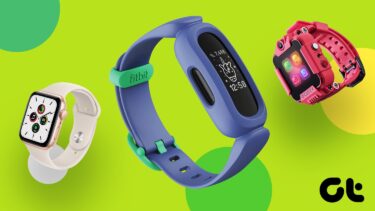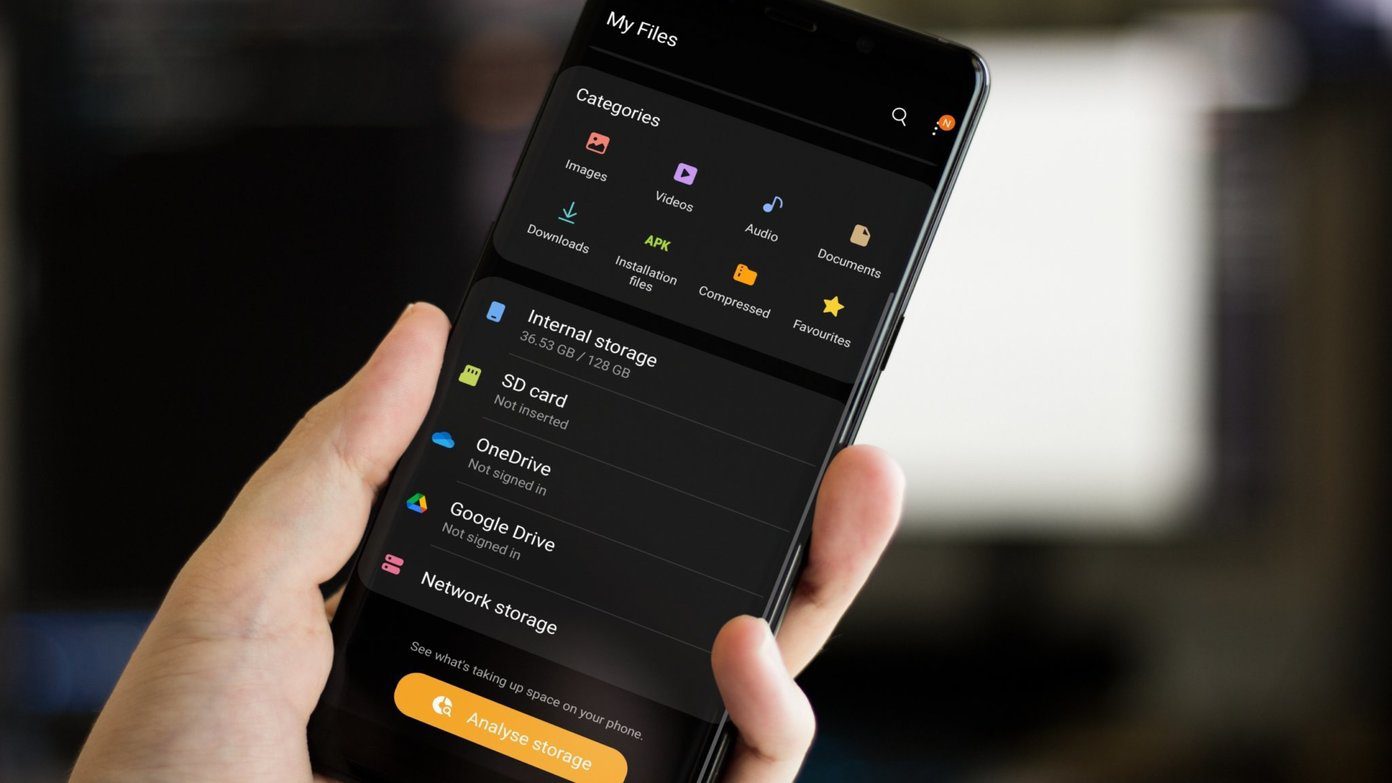Right now, the two best-known smartwatches on the market are the Pebble and the Sony Smartwatch series, but this space is about to get a lot more crowded. Last week Samsung officially unveiled its first smartwatch, the Samsung Galaxy Gear. Around the same time, Qualcomm took the wraps off its own unique watch, the Toq. There are plenty more than four smartwatches out on the market today, but these 4 seem to stand out above the rest. So let’s jump in and take a look at what each watch has to offer:
1. The Pebble
While the Pebble doesn’t have tons of special features and apps, it is one of the best smartwatches when it comes to actually being a watch. That’s because the Pebble has an E-paper display, which means it might not be as fancy as some of the other watches out there – but it does provide weeks of constant use. The Pebble works with both Android 2.0+ devices and the iPhone, and comes with a tiny 1.26-inch display with a resolution of 144 x 168. The watch is relatively attractive looking and comes in different colors. Everything on the Pebble is controlled via hardware keys, as the watch does not feature a touchscreen. The Pebble does have several simple watch apps, but they are somewhat limited due to the black & white e-ink display. Outside of the apps, the Pebble’s main use is in telling time and getting email, messages and other phone notifications. Bottom-line, if you want a low-cost $150 smartwatch that has long battery life and basic smart functions, the Pebble could be perfect. Looking for smarter features? You might want to keep looking.
2. Sony SmartWatch 2
The SW2 features a 1.6-inch 220×176 pixel transreflective LCD touchscreen. Its display might not be as power friendly as the Pebble, but the watch should still handle about a week of light use, or 2-4 days with heavier usage. Unlike the Pebble, the Sony watch only works with Android 4.0+ devices, connecting via Bluetooth or NFC. The watch is listed for 199 Euros, or around $262 dollars. If it comes to the US directly, pricing will likely be lower – say around $225 – $250. Either way, it is much more expensive than the Pebble. The SmartWatch 2 works as a typical watch and notification system, but it also supports tons of popular apps such as Facebook, Twitter, Gmail, Calendar, Weather and more. The SW2 also supports Sony’s full watch app library, giving it access to over 200 apps in total. If you don’t mind paying a bit of a premium and taking a small hit on battery life, Sony’s latest watch offers more functionality than the Pebble and could be the perfect companion device for your Android-powered handset.
3. Samsung Galaxy Gear
Purely from a specs and hardware standpoint, the Gear puts other watches to shame. We get a bigger 1.6-inch Super AMOLED display with a resolution of 320×320. We also get a powerful 800MHz custom processor, a 1.9MP camera, 4GB storage and the list goes on. Of course, there is more to a watch than the pure specs. This smartwatch can only handle about 24 hours of regular use, and with rougher usage you are probably looking more around 12-16 hours. In other words, every night you’ll have to charge this watch. Capability wise, the Gear is also limited exclusively to Samsung’s Galaxy Note 3. The good news is that a future update will allow it to work with several other leading Samsung devices, but it is pretty much guaranteed that it will never support non-Samsung handsets or tablets. Okay, so it has a bunch of power, but what does it do with it? From taking pictures to making and receiving calls, the Gear aims to be the perfect companion for your smartphone. The goal here is that, with the Gear, you will hardly ever need to take out your phone out of your pocket. In addition to its calling, camera and notification functions, Samsung is also pushing its own app selection. At launch there will only be about 12 apps, but Samsung promises over 70 within the first few weeks of the watch’s launch. Ultimately, the Galaxy Gear is ideal for Samsung fans that don’t mind the weak battery life. Unfortunately, it’s also one of the most expensive smartwatches we’ve ever seen or heard about at $299.
4. Qualcomm Toq
The Toq is powered by a 200MHz ARM Cortex M3 processor, which puts it under the SmartWatch 2 and Galaxy Gear, speed-wise. That said, it also is very impressive thanks to a battery life that can easily handle 3-4 days. Okay – but the Sony SmartWatch 2 can handle about the same, and the Pebble can handle weeks of life, so what’s the big deal? While the Pebble’s display is always on, the Sony watch requires you to turn on the display to see the time (so does the Gear), which is more than a little annoying. The Qualcomm solution is always on, just like the Pebble. The big difference is that the Pebble uses a B&W e-ink display, but the Toq utilizes a color Mirasol transreflective screen. Not only does the Toq work great in the sunlight, it has a built-in back light and so much more. The Toq works with any Android 4.0.3+ device using Bluetooth, and uses a proprietary OS made by Qualcomm. The watch might not have fancy cameras or speakers, but it is a solid notification device that can manage your calls and texts with ease. The Toq will be made in a limited initial run and is more a developer demo, meant to show off what Qualcomm’s new platform can do. The idea is to attract developers and manufacturers to the platform as time progresses. The Toq is perfect for those that want to tinker, and don’t mind a watch that could ship feeling somewhat incomplete. As time goes on, more apps and features will likely be added to the Toq’s list. Another feature that sets the Toq apart from all the other watches is that it uses Qualcomm WiPower LE technology for wireless charging. No word on pricing or launch dates just yet – but Toq is certainly worth keeping an eye out for.
Conclusion
As you can see, all four watches listed above are considerably different from one another. If you want tons of raw power, have a Samsung device and don’t mind poor battery life – the Galaxy Gear is an obvious choice. For those that want a basic smartwatch without the frills, but with plenty of battery life and multi-platform support, the Pebble could fit perfectly in your life. Then there’s the Sony Smartwatch 2 and Qualcomm Toq. Both watches have decent battery life, though the Toq has the always-on display advantage. Essentially, Sony’s option is better if you want plenty of apps and features now, without waiting. That leaves Toq a better choice for those that don’t mind being part of an experiment of sorts. What do you think of these four smartwatches and which do you prefer? Any other smartwatches we didn’t mention that you feel are worth talking about? If so, let us know in the comments below! The above article may contain affiliate links which help support Guiding Tech. However, it does not affect our editorial integrity. The content remains unbiased and authentic.










